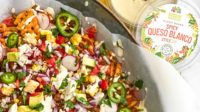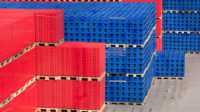As cold foods processors continue to implement sustainability goals and initiatives into their business plans, going green means everything from what the food is made with to how it’s packaged for consumer consumption.
A 2020 report released by IRI and the NYU Stern Center for Sustainable Business, found that consumer packaged goods (CPG) marketed as sustainable increased to a 16.8% dollar market share, up 0.6% from 2019. Research showed products purchased from companies with clear sustainability goals have grown seven times faster than conventional products in recent years, and those numbers are expected to increase.
Processors Going Green
When plant-based cheeze powerhouse Daiya decided to move its corporate headquarters and manufacturing facility from a 45,000-square-foot to one 10 times that size, the company knew sustainability had to be at the forefront of its new location.
Founded in 2008, Daiya produces premium plant-based foods that are dairy, gluten and soy free, like Burritos, Frozen Desserts, Pizzas, Cheezecakes, Cream Cheeze Style Spreads, and cheese alternatives, including Blocks, Shreds, Slices and Sticks, available in the dairy case and freezer aisle.
In 2018, the company announced plans to move from Vancouver to Burnaby, BC, Canada, to expand operations and production.
Its 400,000-square-foot state of the art facility is expected to earn LEED Certification – or Leadership in Energy & Environmental Design – a green building rating system which is the benchmark for design, construction and operation of high-performing buildings that minimize their environmental impact.
It previously served as a distribution center.
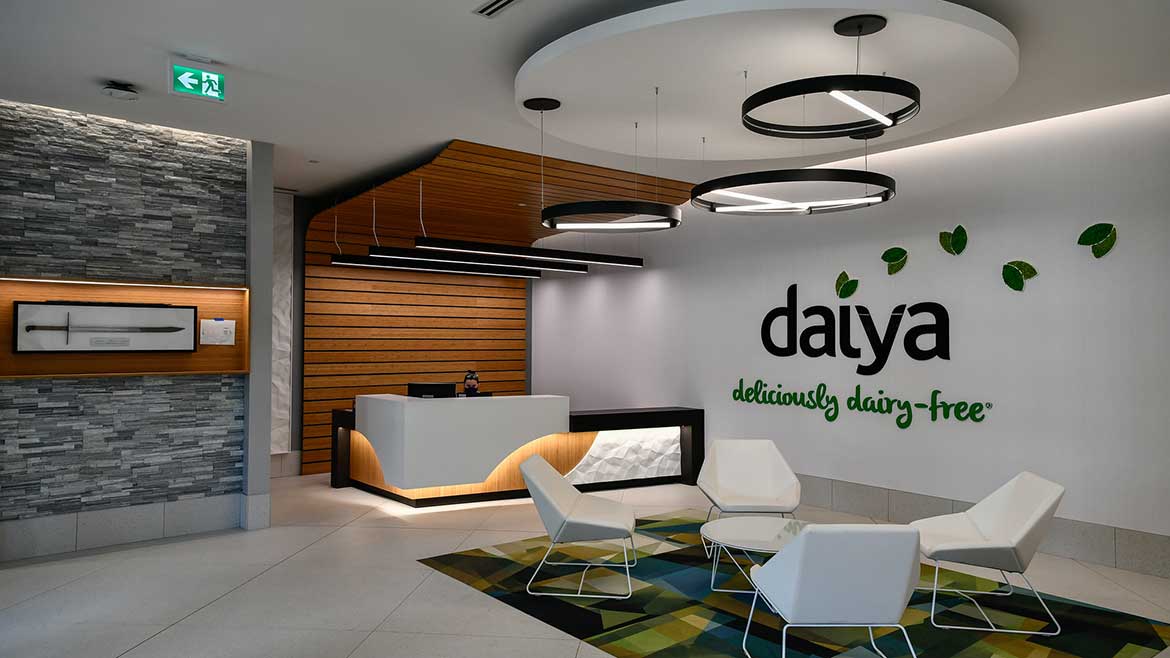
“We took an existing building and deconstructed it, ensuring that both office and manufacturing facilities were designed to use less energy through efficient HVAC systems, enhanced refrigerant management, by using high efficiency LED light fixtures and water efficiency systems,” said Nicola Shaw, director of Daiya corporate social responsibility. “It is the largest stand-alone plant-based food facility of its kind (totally dedicated to only plant-based manufacturing) in North America, further enabling us to continue our growth and innovation as a global brand.”
Daiya sources its ingredients and raw materials as locally as possible and focused on greening its supply chain through improved internal energy and water consumption. The company’s distribution efforts seek out combined and alternative transportation methods when possible.
Much of Daiya’s packaging is recyclable and the company recently reduced the amount of plastic in its sliced cheese packaging by 82%, Shaw said.
The company also is focused on sustainability through preventing food waste.
“Over the past five years, our partnership with FoodMesh, a food recovery service provider who helps organizations waste less and feed more, has resulted in 800 pounds of CO2 emissions saved and 300 pounds of food donated to local charities focused on serving those experiencing food insecurity,” Shaw said.
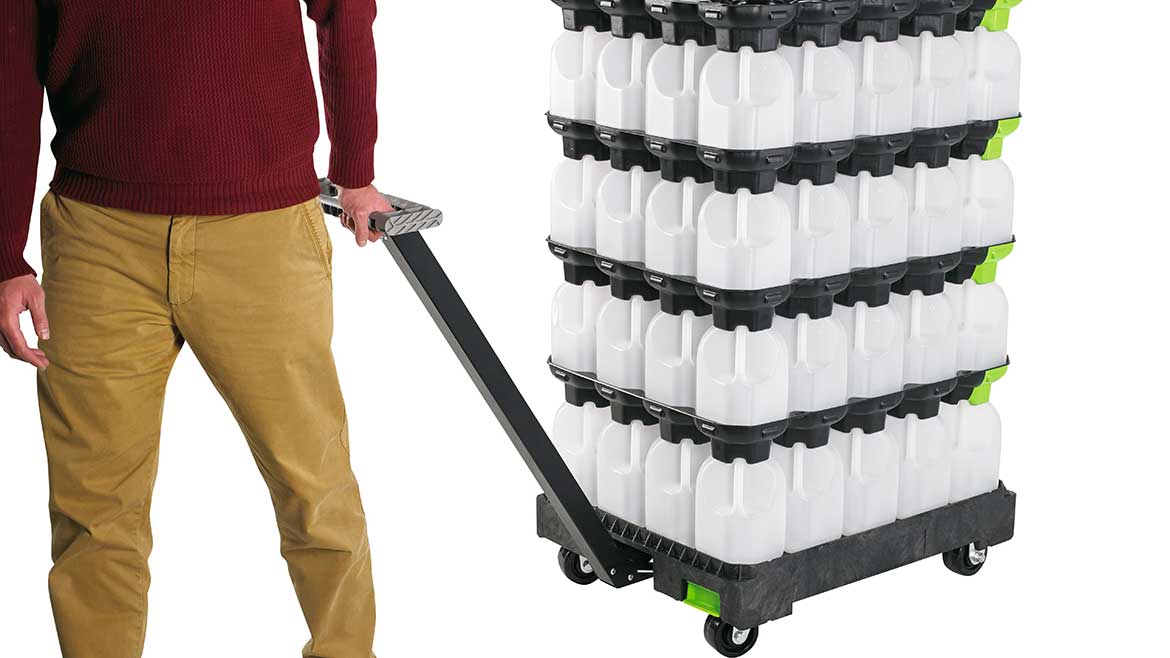
Packaging That Preserves Products And The Environment
Companies can use lifecycle assessments to compare reusable and sustainable packaging options versus traditional options. By considering the entire life cycle, from raw material extraction to product making to disposal at the end of its useful life, the data from these calculators is used to make the best packaging decisions for the operation.
“A customer must provide easily accessible data about their operation, including product details like annual volume, weight, trip distance, packaging information and end-of-life plan for the disposal or recycling. A model is then run to deliver a report easily showing the energy consumption, solid waste and greenhouse gas emission savings from switching to a returnable solution,” said Mike Ludka, senior product manager at ORBIS Corporation. “These assessments are important when making packaging decisions as they provide an unbiased comparison between single-use and reusable packaging.”
Increasing supply chain sustainability has caused companies to seriously investigate plastic pallets and other reusable solutions as replacements for their expendable packaging. Plastic pallets can reduce lumber waste and the emissions and water needed to manufacture or recycle wood pallets. Plastic is increasingly sought after in foodservice because of cleanliness concerns.
“We’re seeing more retailers require their suppliers to ship their product to stores on plastic solutions, pushing more food processors to adopt sustainable reusable packaging in their operation,” Ludka said. “The durability ensures impact and moisture resistance, protecting product from being damaged. Certain reusable plastic packaging solutions are manufactured in FDA approved materials, offering further hygienic benefits.”
Reusable packaging solutions allow manufacturers to maximize warehouse space and sometimes work better with automated systems commonly used by food processors.
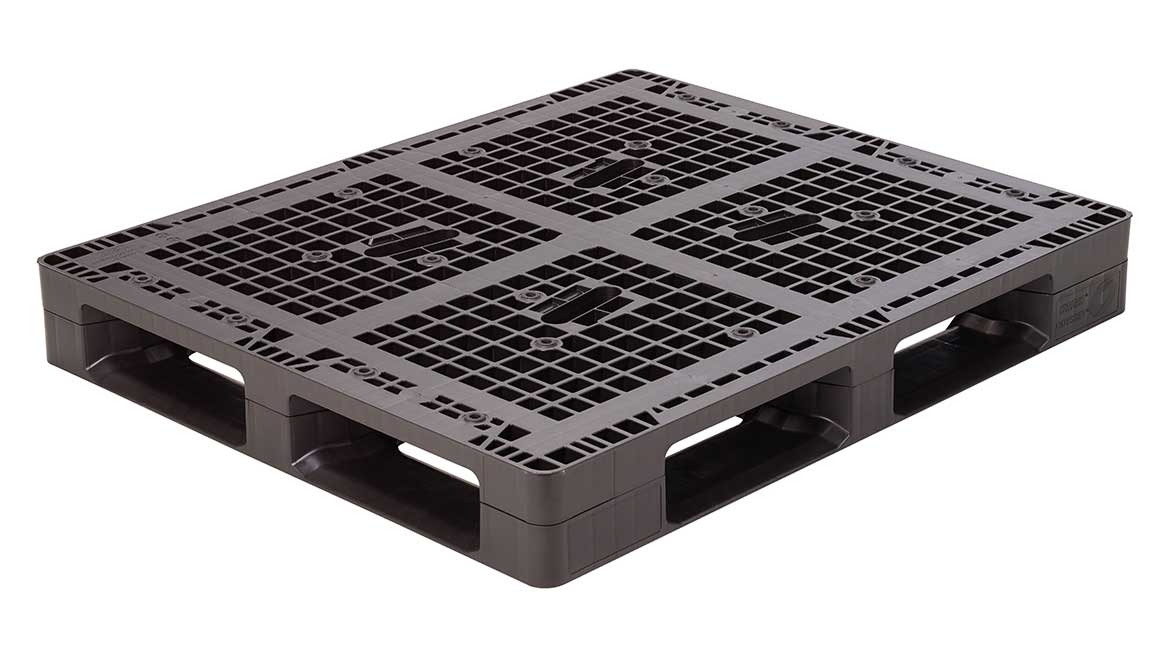
“You can find significant space savings since they nest together for secure stacking at heights greater than corrugated, or for storage when not in use. Additionally, reusable bulk containers can offer a higher cubic capacity to increase the number of parts handled, stored and shipped using fewer containers,” Ludka said. “Plastic packaging solutions, unlike traditional wood pallets or cardboard boxes, are dimensionally consistent and create a smooth interface between automated systems and product loads.
Reusable plastic packaging solutions are more durable that wood or cardboard solutions as they’re less susceptible to temperature changes, especially those experienced in cold environments. They can be used across the entire cold food chain – from production and storage to distribution and the retail floor – bringing sustainable benefits to every point in an operation.”
SUSTAINABILITY SNAPSHOT
The solar panels in the parking lot of the 315,000-square-foot Cuisine Solutions sous vide facility in San Antonio, Texas, is the largest solar installation in the city and feed energy into the power grid for use by residents.
At the Dairy Farmers of America’s Garden City, New Jersey milk drying plant, almost 90% of the water removed from the milk in the evaporation process is recovered for reuse.
The 300,000-square foot Clif Bar bakery in Twin Falls, Idaho, uses 100% renewable energy.
California-based Challenge Dairy Products was said to be the state’s first to switch to vehicles using a solar-powered, zero-emissions, commercial-use transport refrigeration unit (TRU), reducing emissions of nitrous oxide by 98% and 86% carbon dioxide by 86%.
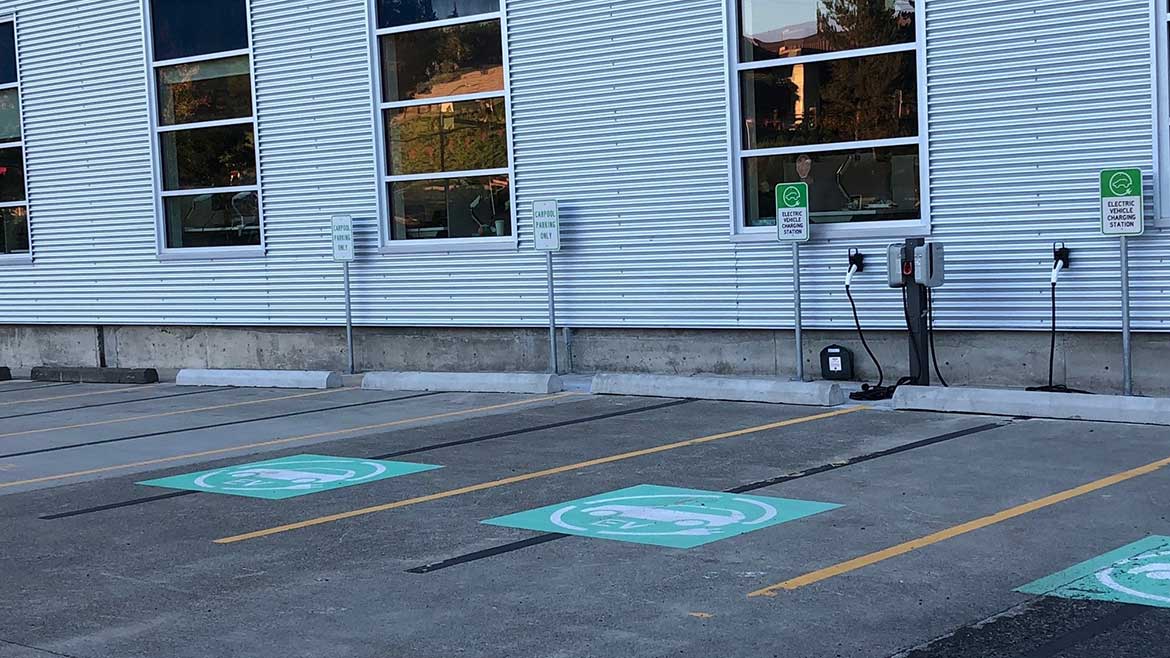

Starting With Sustainable Ingredients
As consumers become increasingly aware of what they put in their bodies, they’re also interested in buying products that simultaneously help the environment. A 2019 study by Catalina Research found that 73% of global consumers say they would definitely or probably change their consumption habits to reduce their impact on the environment.
“One of the biggest impacts we see in sustainable ingredient sourcing is the increase in transparency on the origins of ingredients. Visibility and communication of product information down to ingredient level has become commonplace,” said Andrew Moberly, senior director of strategic advisory at Daymon Worldwide. “Consumers have become more connected to their food and expect retailers and manufacturers to share their ‘stories’ of how they source ingredients. This shift towards ingredient transparency has had a positive impact on sustainability measures and locally-sourced solutions. Our research shows that that more than half of shoppers are interested in more sustainable ingredients within Private Brand products.”
Companies are continuously looking for innovative ways to feed the masses, whether it be new methods of farming or emerging technology like cultivated meat and seafood.
“Some of the most interesting technologies we see taking hold are related to long-term sustainability and environmental concerns. Controlled environment agriculture (CEA) has become a considerable focus for retailers. Vertical farming, greenhouses, hydroponics, aeroponics, and container farming are sustainable alternatives to traditional farming. In some cases, they have added benefits that directly contribute to local communities' growth through employment opportunities, building revitalization and access to locally-grown foods,” Moberly said. “Realizing the positive impact of these technologies, food manufacturers and retailers are making direct investments. While these technologies still have a way to go from a cost parity standpoint with traditional methods, they show continued improvements and the long-term positive impact to sustainability and environmental concerns is considerable.”


